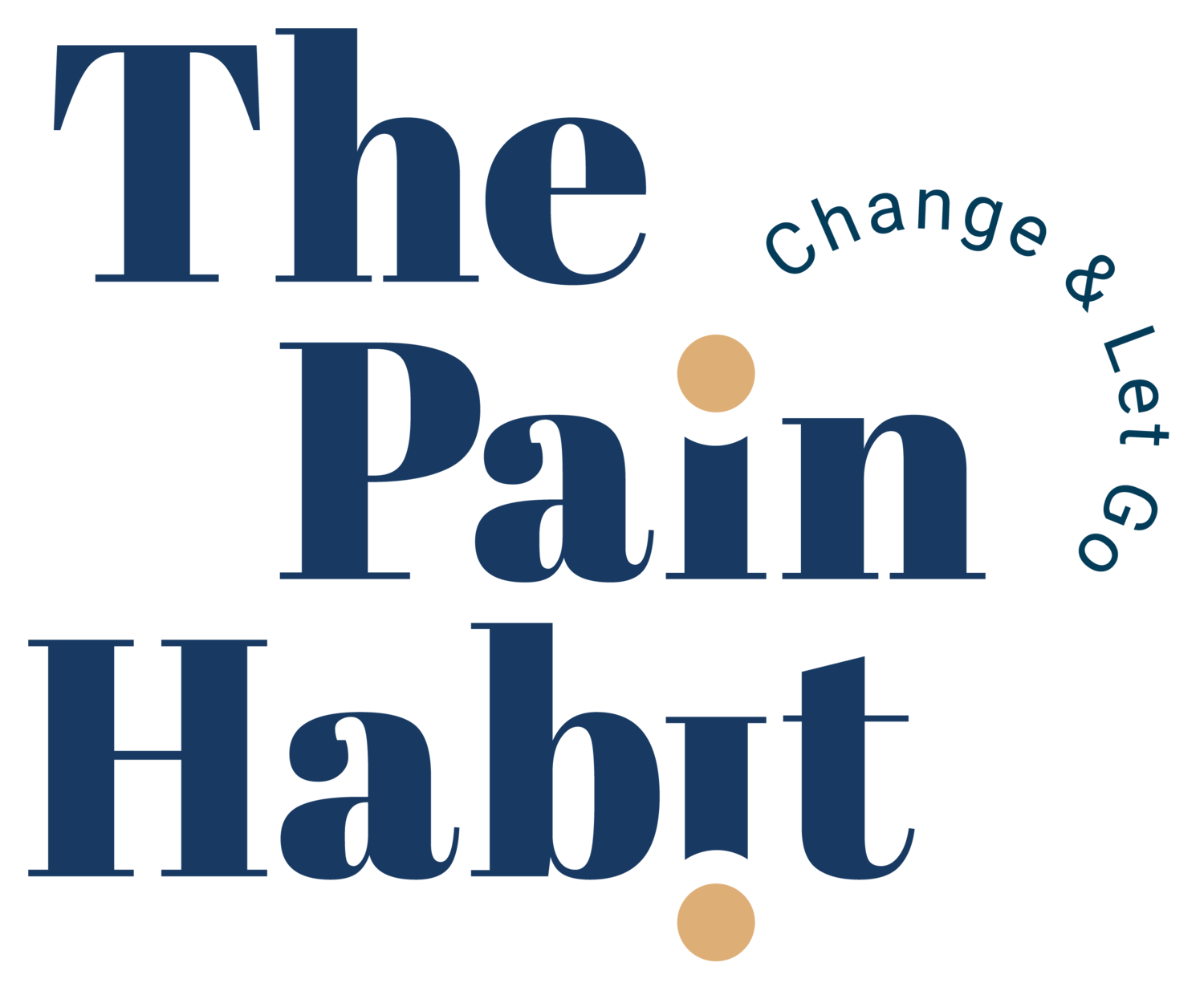FAQ: When Pain Doesn’t Shift With Somatic Tracking
A Somatic Tracking Question
Here’s a frequently asked question about a technique called somatic tracking:
I’ve just listened to a “Tell Me About Your Pain” podcast in which Alan Gordon does somatic tracking with Emily. Because her pain doesn’t move or change with the somatic tracking exercise, he says that’s a sign that she’s too fearful and then he uses another tactic of leaning into positive sensations.
Does that mean that if things don’t shift/change with somatic tracking, it’s because you’re too fearful of the pain, so it’s best not to do it? I have tried somatic tracking a few times using the Jim Prussack video, but the pain doesn’t move or change, so I am wondering whether I should not do it or whether I should keep practising.
Somatic Tracking has some guide rules.
Only use it when exposing yourself to no, low or medium symptoms.
If there is constant pain, choose the lowest point in those symptoms. If the lowest level seems 'too high', then focusing on the pain during somatic tracking is useless unless someone else can help you reframe that moment.
The next option is to focus on another part of your body rather than the pain, where you could categorically state that you are safe.
Where in the body doesn't matter, but somewhere where you have evidence that there is no current danger that you could rationally confirm. The breath is neurophysiologically seen as the safest and easiest to focus on; however, even breathing slower than usual for some can make them feel out of control.
If neither focusing on breathing nor another part of the body works for you, use a situation outside you.
You can see, smell, feel, hear, or taste something external to yourself as an alternate source of the safety message. Use anywhere you can go to see the horizon, the garden, plants, insects or animals, smell the coffee, hear the birds etc. and momentarily focus on the sense that you know the safety at that moment.
If your circumstances or pain mean you can't access these things in your current reality, then access a memory in your mind from the past,
The happiest day in your life, a place, a time, a memory, a person and the smell, look, feel, taste and sounds of that moment in as many details as appears effortlessly and just for 2 minutes.
If none of these work for you, pop somatic tracking in the 'to do' later pile, as it always has its power, but it is all about timing when a person can unleash it.
Your time will come, but some of the options I've described may allow you to explore it a little more before setting it to one side.
Here’s my guide to Somatic Tracking on YouTube.
What’s next?
Take Your First Step to Recovery.
Join our FREE private Facebook group, The Pain Habit Community, to see how others have successfully returned to a pain-free life. Get support on your journey.
Sign up for The Pain Habit Blog below.
Subscribe to The Pain Habit YouTube channel.
Buy The Pain Habit book. Order here.




